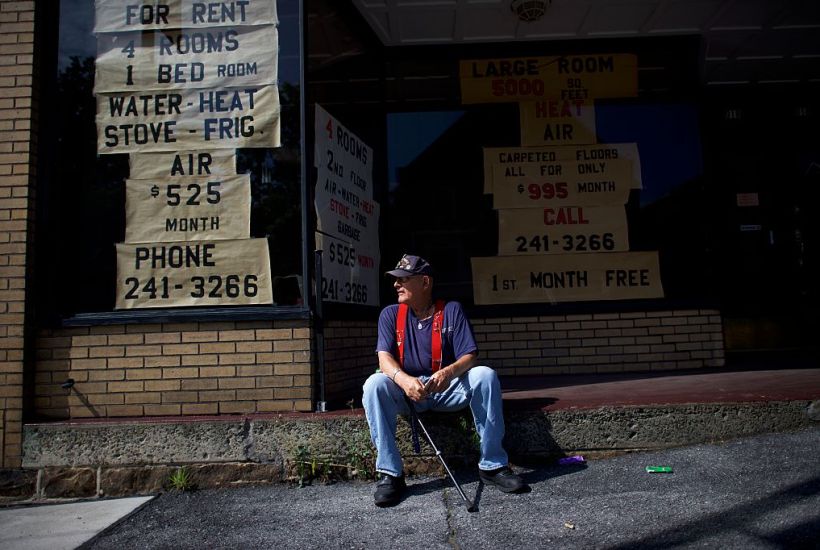The contemporary Left has often embraced morally repugnant policies that are not truly socially inclusive, but that embrace a collection of separate identity politics which are socially divisive and legally discriminatory. Such policies are disruptive of the classical liberal message that everyone should be treated equally before the law.
Barack Obama won two presidential elections enshrining identity politics and Clinton lost her election after embracing such a notorious agenda.
Already a subscriber? Log in
Subscribe for just $2 a week
Try a month of The Spectator Australia absolutely free and without commitment. Not only that but – if you choose to continue – you’ll pay just $2 a week for your first year.
- Unlimited access to spectator.com.au and app
- The weekly edition on the Spectator Australia app
- Spectator podcasts and newsletters
- Full access to spectator.co.uk


























Comments
Don't miss out
Join the conversation with other Spectator Australia readers. Subscribe to leave a comment.
SUBSCRIBEAlready a subscriber? Log in